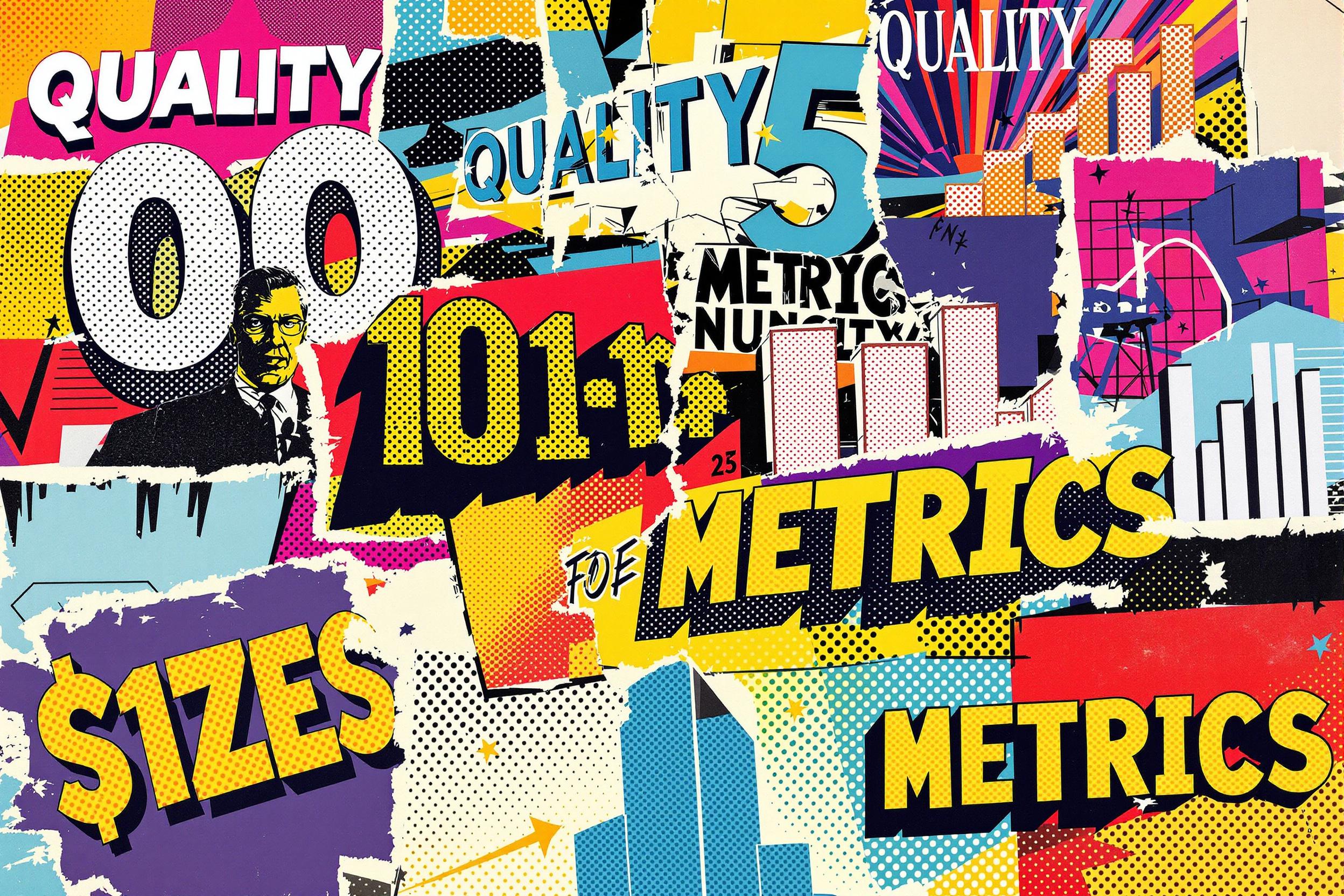
Point Source Pollution
Point Source Pollution refers to pollution that comes from a single, identifiable source, like a factory pipe or a sewage treatment plant. It's different from pollution that's spread out over a large area (which is called non-point source pollution). When looking at resumes in water management, this term shows up because many professionals work on controlling, measuring, or preventing this type of pollution. Think of it like water coming from a garden hose (point source) versus rain falling everywhere (non-point source). Companies often need specialists who understand how to manage these specific pollution sources to meet environmental regulations and protect water quality.
Examples in Resumes
Developed compliance strategies for Point Source Pollution at three industrial facilities
Reduced Point Source Pollution discharge by 40% through implementation of new filtration systems
Led team of 5 engineers in Point Source Pollution monitoring and reporting projects
Typical job title: "Water Quality Engineers"
Also try searching for:
Where to Find Water Quality Engineers
Professional Organizations
Online Communities
Job Boards
Example Interview Questions
Senior Level Questions
Q: How would you develop a long-term strategy for reducing point source pollution at a manufacturing facility?
Expected Answer: A strong answer should discuss creating a comprehensive plan that includes monitoring systems, compliance with regulations, staff training, and cost-effective solutions. They should mention experience with implementing such strategies and measuring their success.
Q: How do you handle conflicts between environmental compliance and business operations?
Expected Answer: Look for answers that show experience in balancing regulatory requirements with practical business needs, including stakeholder management, cost-benefit analysis, and creative problem-solving approaches.
Mid Level Questions
Q: What methods do you use to monitor point source pollution?
Expected Answer: Candidate should describe various monitoring techniques, equipment they're familiar with, and how they collect and analyze data to ensure compliance with environmental standards.
Q: Explain how you would respond to a point source pollution violation.
Expected Answer: Should discuss steps for immediate containment, reporting procedures, investigation methods, and developing corrective actions to prevent future occurrences.
Junior Level Questions
Q: What is the difference between point source and non-point source pollution?
Expected Answer: Should be able to explain that point source comes from a specific location (like a pipe) while non-point source is spread out (like agricultural runoff), with basic examples of each.
Q: What basic steps would you take to document a point source discharge?
Expected Answer: Should mention collecting water samples, recording flow rates, maintaining proper documentation, and following basic sampling protocols.
Experience Level Indicators
Junior (0-2 years)
- Basic water sampling and testing
- Understanding of environmental regulations
- Data collection and recording
- Report writing
Mid (2-5 years)
- Pollution monitoring program management
- Compliance reporting
- Team coordination
- Environmental permit management
Senior (5+ years)
- Strategic pollution reduction planning
- Environmental program development
- Regulatory negotiation
- Project management and team leadership
Red Flags to Watch For
- No knowledge of basic environmental regulations
- Lack of experience with water quality monitoring equipment
- Poor understanding of sampling protocols
- No experience with environmental compliance reporting
Need more hiring wisdom? Check these out...

Tiny Neighborhoods, Huge Impact: The Surprising Power of Hyper-Local SEO in Your Hiring Game

Career Site SEO: Unlock Ridiculous Visibility and Attract Rockstar Candidates

Stop Chasing Unicorns: How to Finally Improve Candidate Quality Metrics (and Actually Enjoy Hiring)

